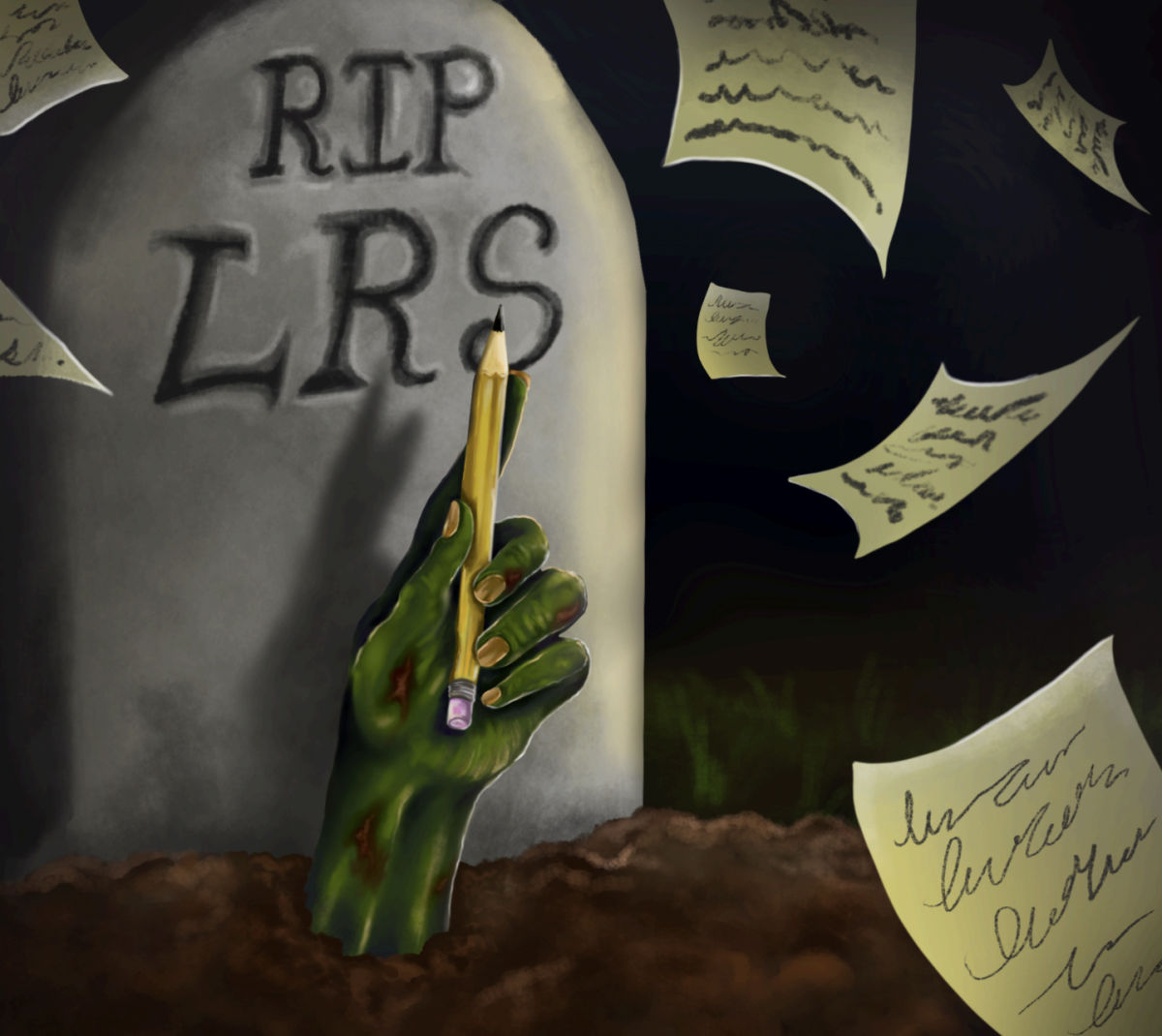On Sunday night, a large, icy puddle was seen on a diagonal path near Ida Noyes Hall. This puddle extended from one side of the path nearly all the way to the other, forcing pedestrians to seek out a small, dry area between the edge of the puddle and the edge of the path. “I had to go around [the puddle] just so I could make it back to my dorm,” said one first-year. “I was kind of worried there would be a big splash, but there wasn’t any splash at all.”
Most students who were aware of the puddle described it as a minor inconvenience, and few were in any way moistened by its presence. “That puddle? It was nothing. I’ve seen a lot of puddles much bigger than that one since I’ve been at this school,” remarked one fourth-year.
While the majority of students appeared to be unfazed by the presence of a diminutive body of water in a public area, one bespectacled third-year interviewed had a different take on the situation, stating “I was about to cut across on [the diagonal path], when I see this, this lake off in the distance. I mean, I wasn’t gonna take that path after seeing what I’d seen, so I took the long route onto Woodlawn and then down to 59th, which was a bit damp but nevertheless free of immense bodies of water.” Puddles comparable to the one spotted Sunday are frequent occurrences on campus, according to the University’s director of water and dirt, Dean Allwett. “This sort of thing happens all the time, even though few students seem to be aware of it,” said Allwett. He added that while some puddles may appear murky, no fish have ever been found living in any of the campus’s puddles.
Continuing, he said, “You see, what happens is, when it rains, you get puddles; when it snows and then the snow thaws, you get puddles. But then when it gets sunny, the puddles go away, and when it gets real[ly] cold, they get all hard-like, which makes it tough for them to support complex aquatic ecosystems.” With Allwett’s guidance, the University community is slowly growing aware of the presence of puddles among us. This presence has led to a dispute over whether or not these puddles should be declared national parks, since they may contain endangered species of bacteria. The College’s student-activist-in-residence, Lake Park, is leading the campaign to save the campus’s puddles. “These anti-puddle reactionaries, fueled by capitalist corporations, are ruining the delicate balance of natural habitats that is Chicago,” said Park.
The leader of the anti-puddle camp, a prospective student who currently attends a math-science magnet school in Manhattan, is considering turning down any offer of admission the school may offer him on account of the puddles he encounted while on a tour of the campus. “Harvard was totally dry,” he said.
The debate over the puddles is expected to be resolved on the same occasion as the school’s decision about whether or not to renew its contract with Citibank. Though the two announcements are entirely unrelated, they are both notable for their pitting of left against right, and vice versa. When asked if the C-Shop had planted the puddles, using ever-murky Java City coffee, Aramark refused to comment.
Phoebe Maltz is a first-year in the College.








